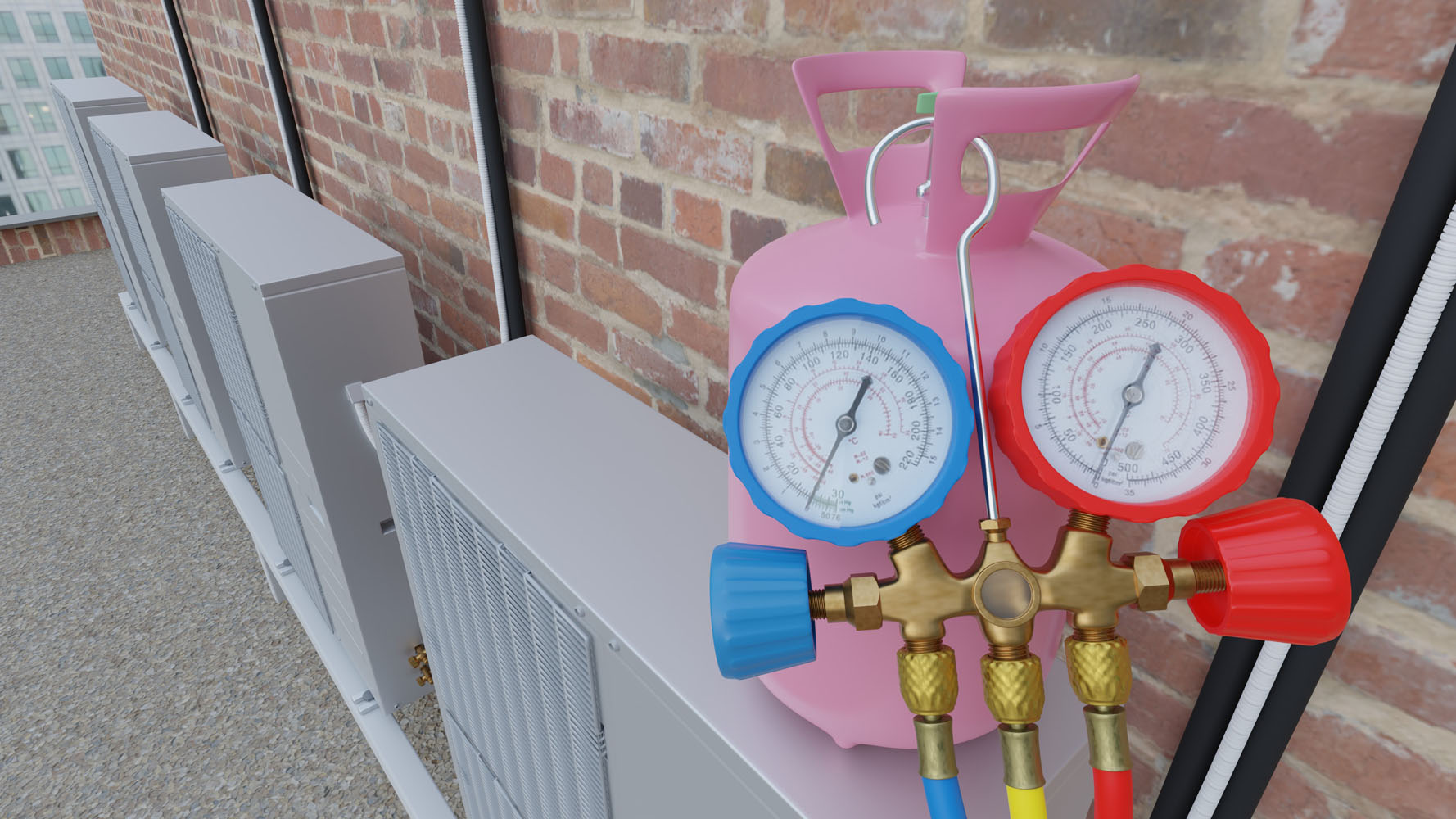Installing a home EV charger is a great way to ensure convenient and reliable charging for your electric vehicle. While Level 1 chargers can be plugged into a standard outlet, Level 2 chargers typically require professional installation. This guide will walk you through the process of installing a home EV charger step by step.
Step 1: Choose the Right Charger
Before installing an EV charger, you need to decide which type of charger is right for your needs. As discussed earlier, Level 1 chargers use a standard outlet and don’t require any installation, while Level 2 chargers require a dedicated 240-volt outlet or hardwiring. Make sure to choose a charger that meets your charging needs and fits within your budget.
Step 2: Assess Your Electrical System
The next step is to assess your home’s electrical system to ensure it can handle the additional load of an EV charger. For a Level 2 charger, you’ll need a 240-volt outlet, and your electrical panel should have enough capacity to accommodate the extra power demand.
- Tip: You may need to hire a licensed electrician to check whether your home’s electrical system is compatible with a Level 2 charger. In some cases, you might need to upgrade your panel to support the charger’s power requirements.
Step 3: Hire a Licensed Electrician
Unless you have experience working with electrical systems, it’s best to hire a professional electrician to install your Level 2 charger. Here’s what the electrician will typically do:
- Install a New Circuit: The electrician will run a dedicated 240-volt circuit from your electrical panel to the location where you want the charger installed.
- Install the Outlet or Hardwire the Charger: Depending on the type of charger, the electrician will either install a 240-volt outlet or hardwire the charger directly into your electrical system.
- Test the System: Once the charger is installed, the electrician will test it to make sure it’s working properly and safely.
Step 4: Mount the Charger
Most Level 2 chargers are designed to be wall-mounted for convenience. You or your electrician will need to install a mounting bracket for the charger and ensure it’s securely attached to the wall. The location should be easily accessible to the car’s charging port, typically in your garage or driveway.
Step 5: Connect to a Smart App (Optional)
If you’ve chosen a smart EV charger, the final step is to download the associated app and connect your charger to your home’s Wi-Fi network. This will allow you to monitor your charging progress, schedule charging times, and track energy usage remotely.
Step 6: Start Charging!
Once everything is set up and installed, you’re ready to start charging your EV at home. Simply plug in your car, and you’ll have a fully charged vehicle in a matter of hours, depending on your charger type.
Installation Costs
The cost of installing a home EV charger will vary depending on the complexity of the installation and the condition of your home’s electrical system. On average, expect to pay:
- $500 to $2,000 for a Level 2 charger installation.
- Additional costs may apply if you need an electrical panel upgrade or extensive wiring.
Conclusion: Installing a home EV charger is a relatively straightforward process that can significantly enhance the convenience of owning an electric vehicle. With the help of a licensed electrician, you can have a Level 2 charger installed in your home and enjoy faster, more efficient charging. Whether you’re upgrading from a Level 1 charger or getting your first EV, the installation process ensures your home is ready to support your electric vehicle needs.







